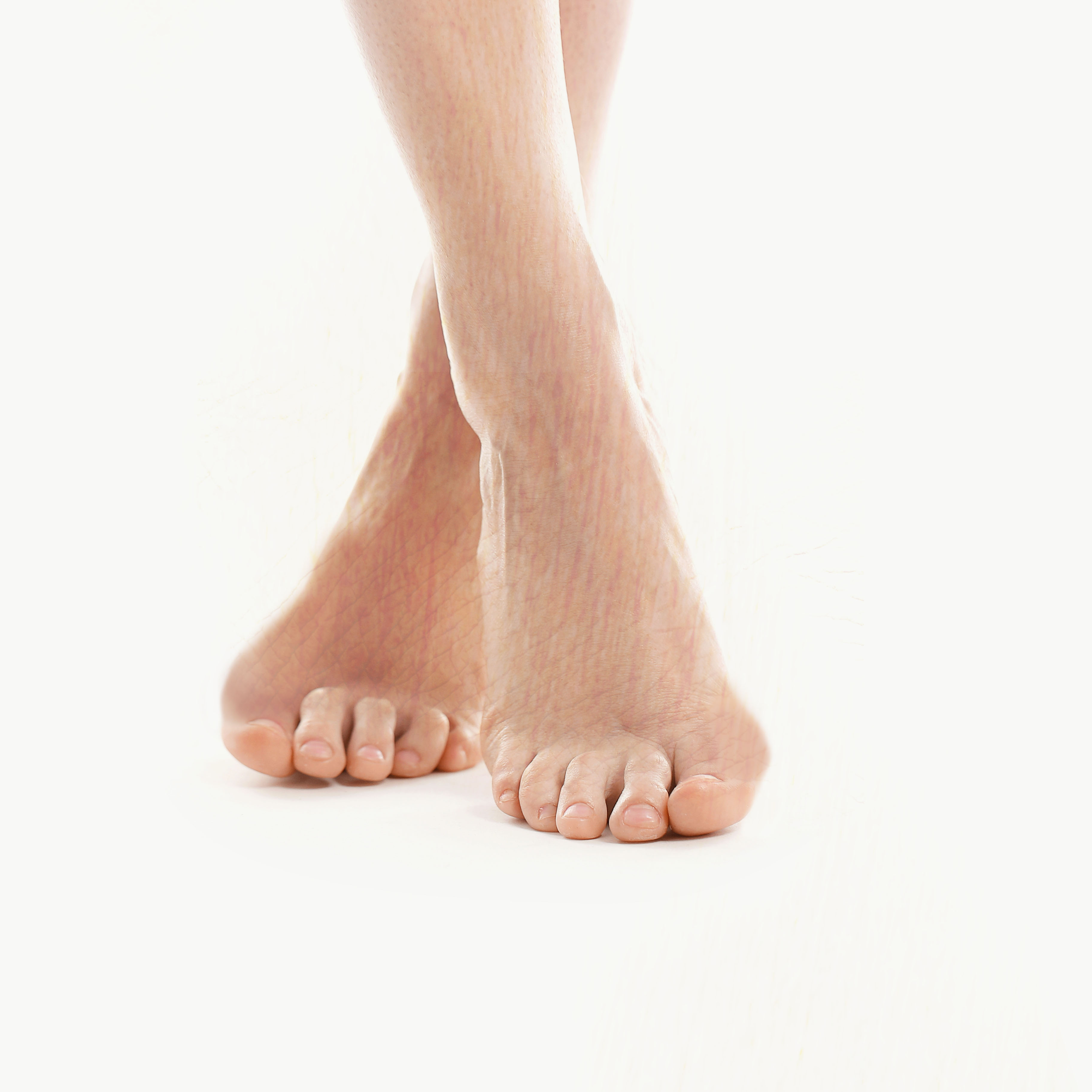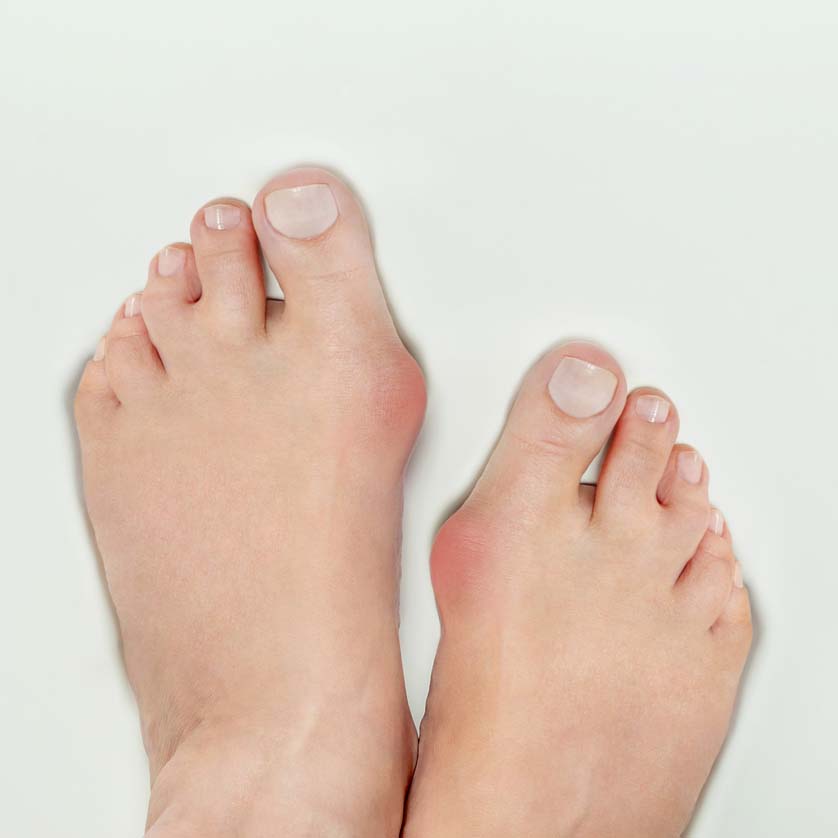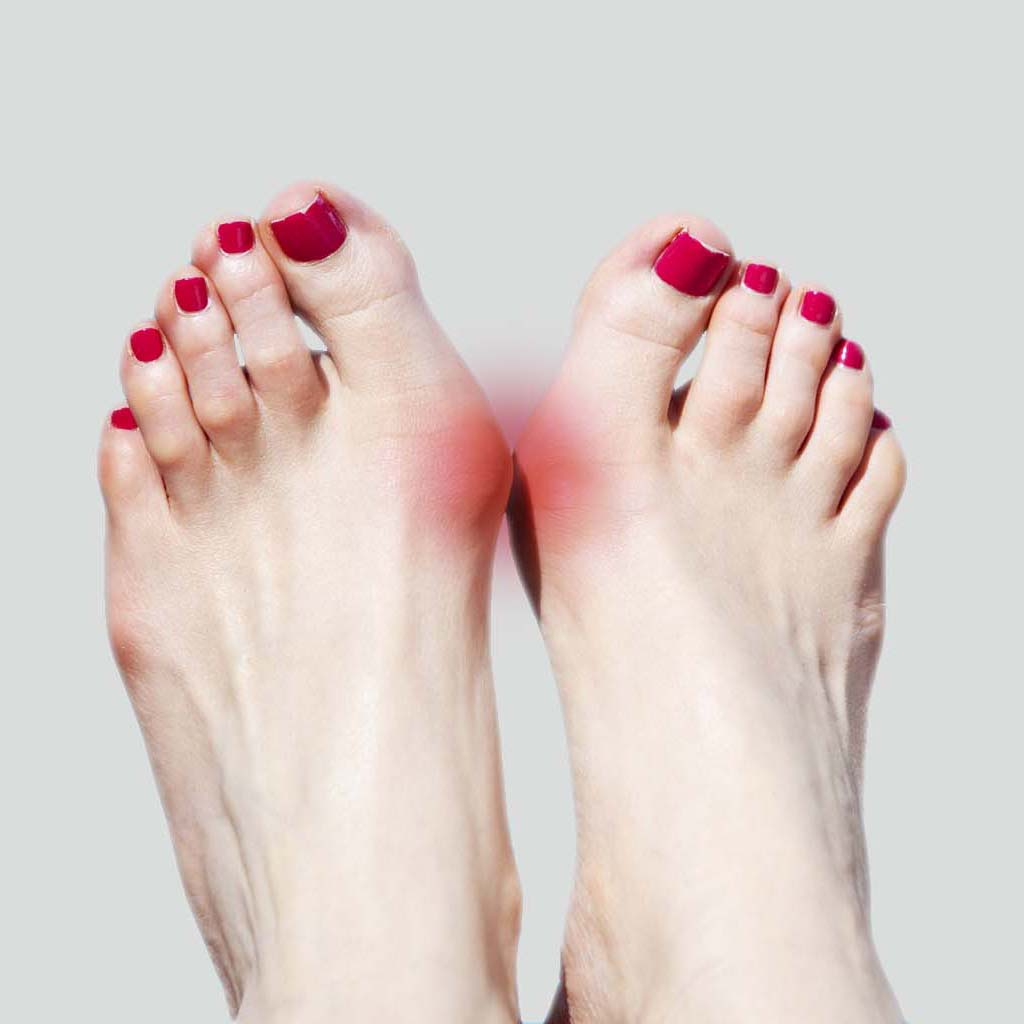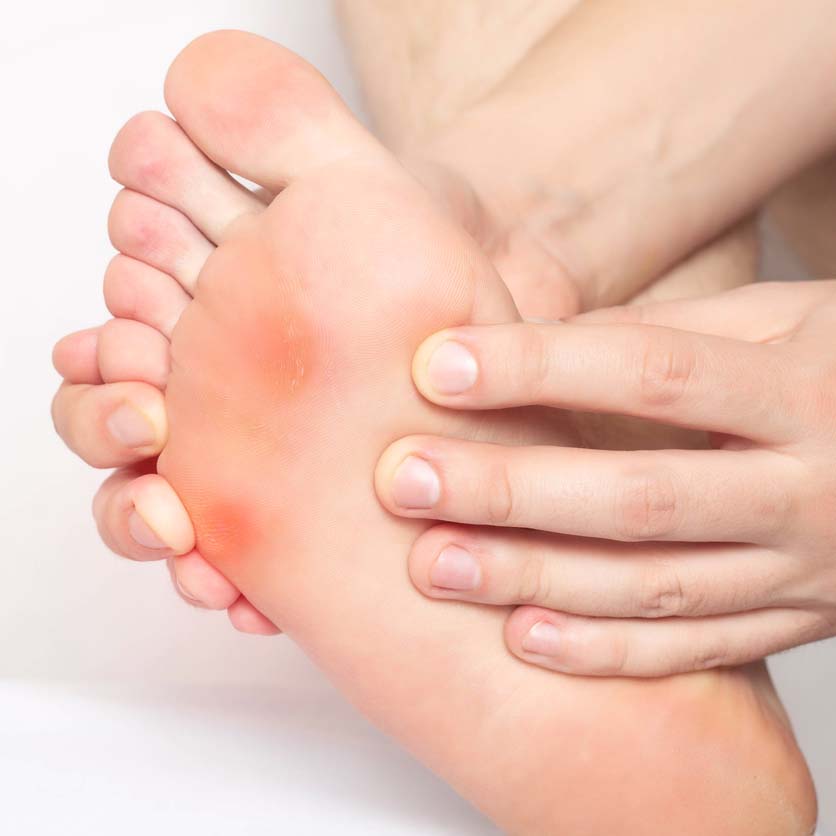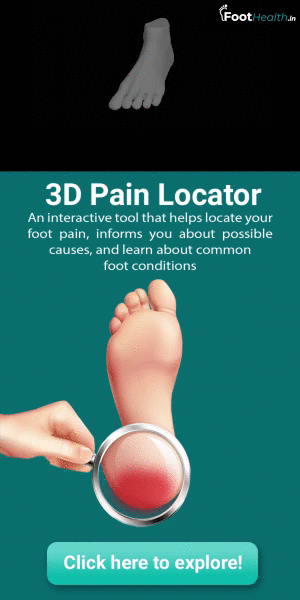


Arch Pain
Introduction
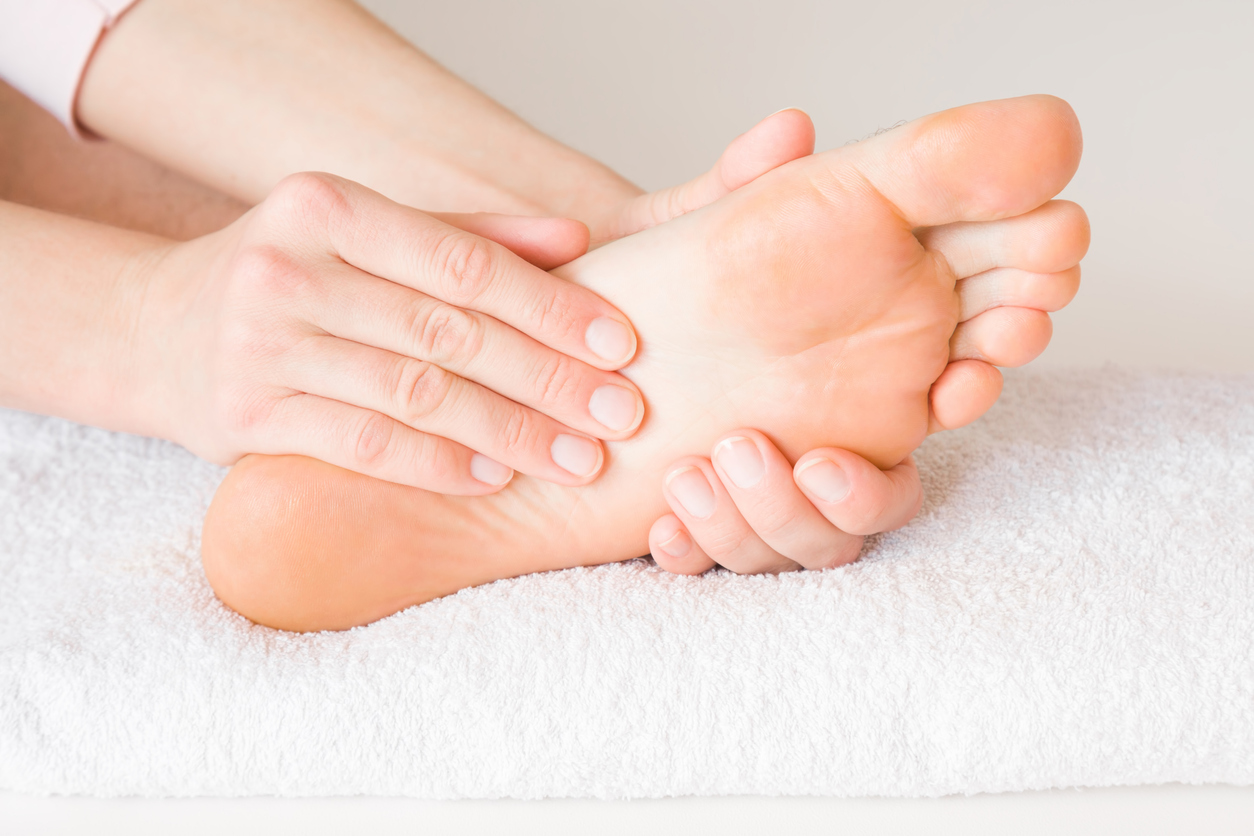
Arch is the supporting structure of the foot formed by bones, muscles and ligaments. Foot has three arches- medial, lateral longitudinal arch and transverse arch which helps in providing it the energy efficient shape. Arches help in shock absorption in activities like walking, jumping, running, etc. They also play a important role in distribution of weight and pressure across the foot and prevent concentration on point.
Arch pain is experienced in the hollow region along the inner side of the foot between the heel and the ball of the foot in the forefoot region. Arch pain is a very common cause of non specific pain which can be experienced in any age group.
Cause
Arch pain can be due to injury or trauma to the feet while activities like walking or impact activities like jumping running, hiking etc. Some congenital causes like flat arch or increase in height of arch can lead to arch pain.
Flat Arch- Reduced height of the arch such that the midfoot comes in contact with the ground. High Arch- Increased height in the arch such that more weight is experienced on the forefoot and the heel.
In both the cases the muscles, ligaments and the supporting structure of the foot are stretched and under undue amount of stress. When the person performs any activity it causes more straining on the structures and then presents as pain or difficulty in activity performance.
Another important cause of arch pain is overuse injuries. High intensity long duration activities or training sessions may lead to pain in the arch. Improper footwear, high heels, improper cushioned sole of the footwear, uneven terrain are few more causes.
Treatment and Prevention

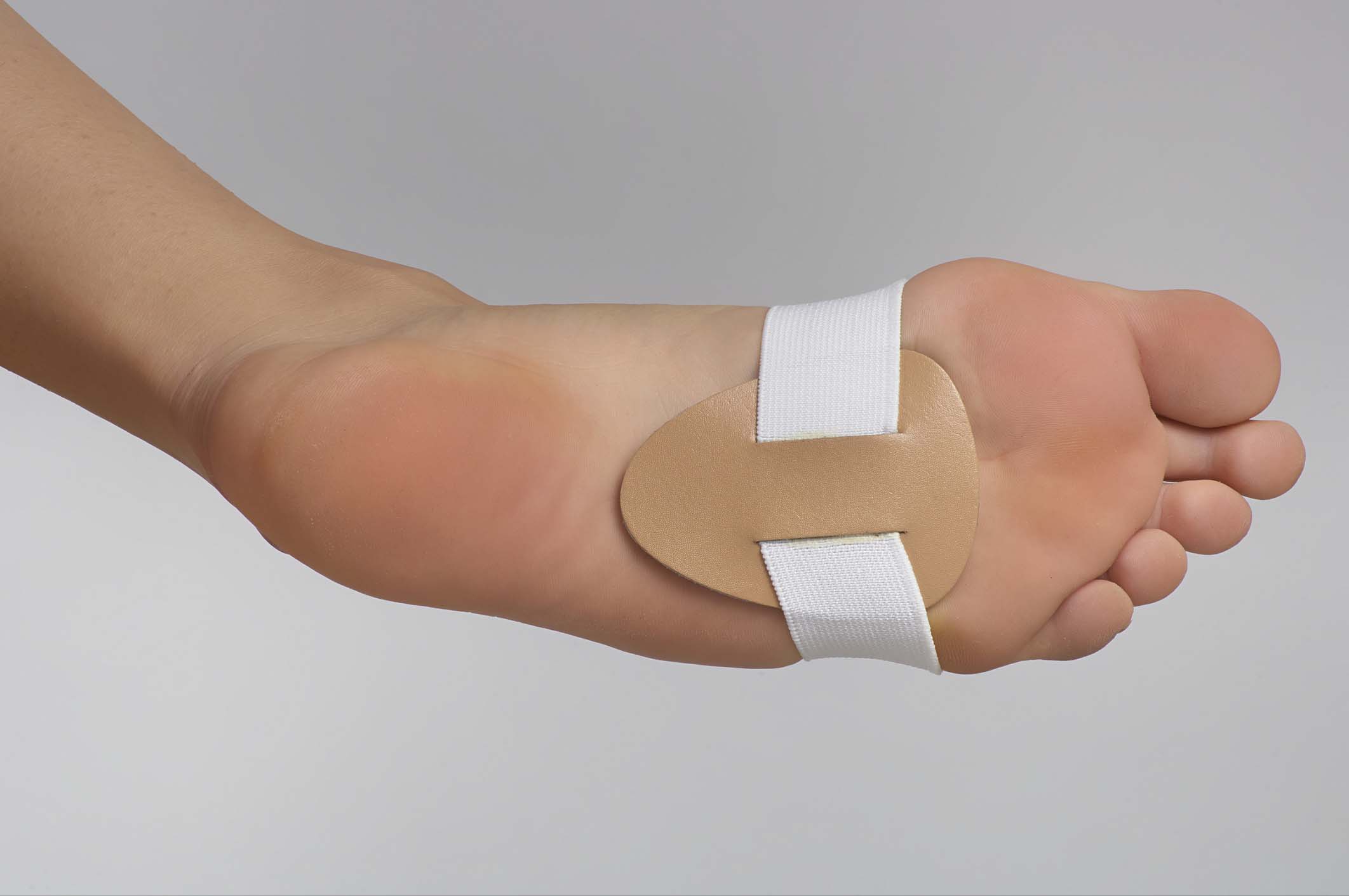
Selecting suitable and properly fitted footwear which provides required support and cushioning is essential. Shoe inserts like arch supports, medial wedges, heel wedges are required. Physical therapy exercises which focus on stretching and strengthening of the musculature is beneficial.
Read our Articles
